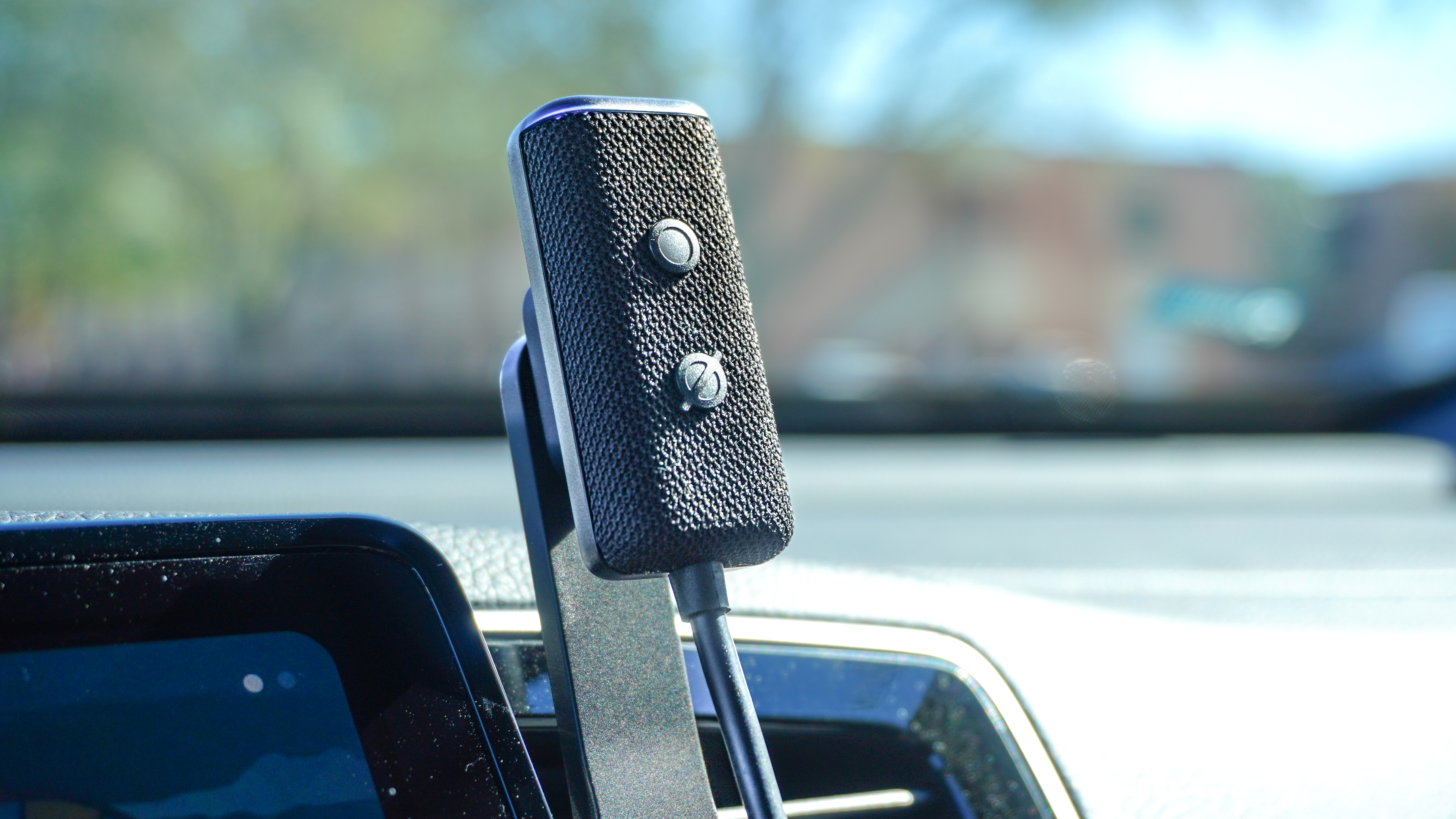Best cheap phones 2025 tested — Our top budget phone picks
These are the best cheap phones under $500 based on our testing and reviews
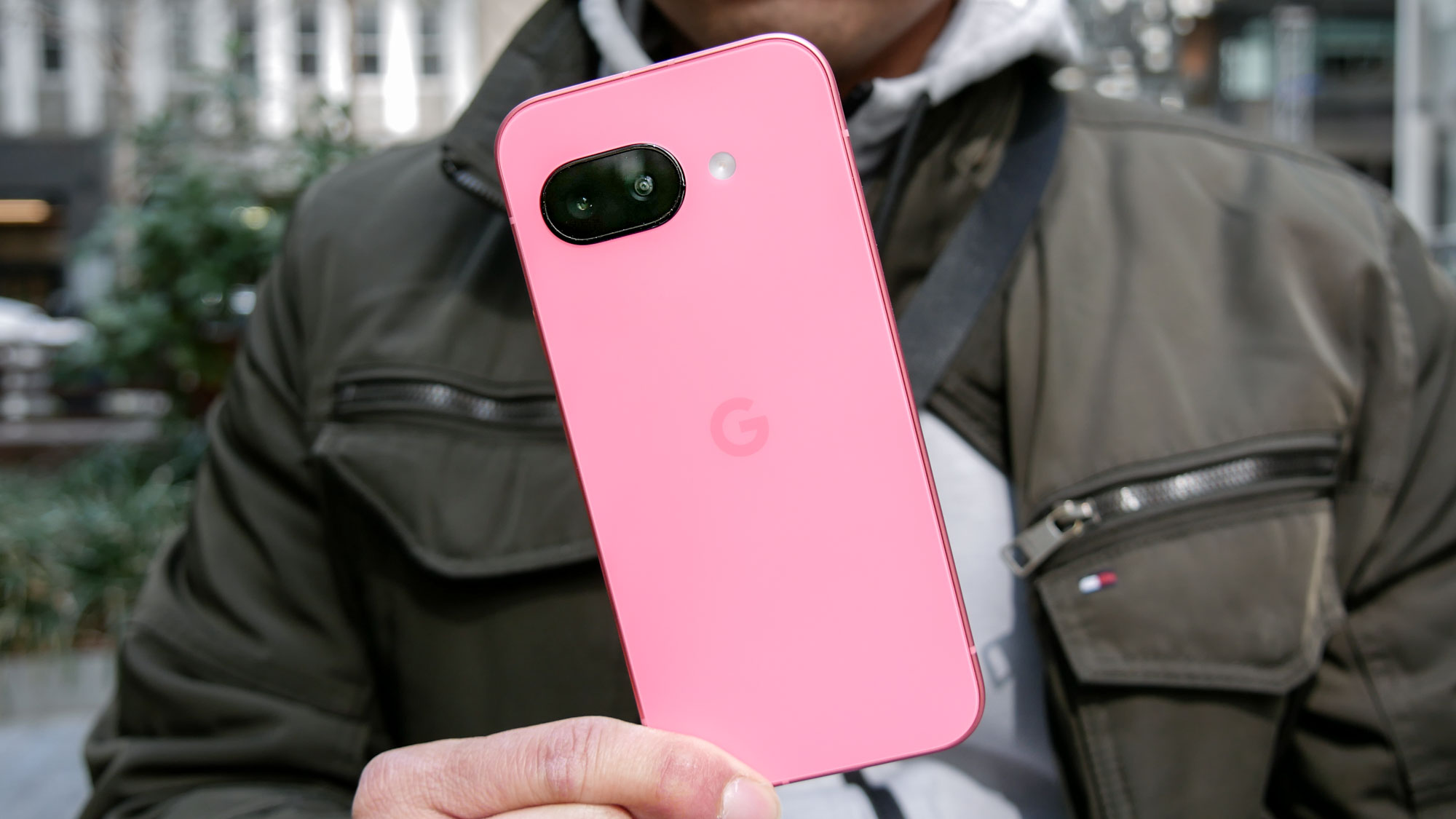
Cheap used to have a negative connotation, but today’s best cheap phones provide all the capabilities you need without putting you in the poor house. If you want the most out of your hard earned money, the Google Pixel 9a is our number one pick, proving that you can still get a ton of stuff for just $500.
There are still phones that cost less than that, so you’re in luck if your budget’s tighter. For example, the best cheap iPhone you can buy is the iPhone 16e — which despite costing more at $600 — has nearly everything you want in an Apple device. That includes Apple Intelligence features.
While our picks for this list do come with their compromises compared to the flagship phones we often see dominate the headlines, that's necessary in order to lower the cost of these devices. I’ll detail the strengths and weaknesses of these phones clearly as I go down the list because I’ve tested many of them out, along with the help of my colleagues. That way, you understand exactly what you’re in for when you make your purchase.
Without any more wait, let’s check out the best cheap phones.

I'm the senior editor for mobile at Tom's Guide, where I've been working since 2023. I've been covering mobile tech for 17 years in total, starting with old school feature phones and early smartphones powered by Palm OS and Windows Mobile. I'm a New Jersey native and keep up with the latest mobile tech.
What to look for in the best cheap phones
After you've found a cheap phone at the exact right price for your budget, there are a few other things to consider. For phones to qualify here, they have to be $600 or lower because that seems to be threshold from my colleagues and I consider affordable or budget — whereas flagship models can easily exceed $1,200.
Think about the features that this device has to offer and which ones you're sacrificing for that specific price tag. Battery life, the number and types of cameras, display refresh rate and the type of chipset powering the phone are all ways that cheap phones can distinguish themselves.
One other area to consider is software updates and support. I'veseen cheaper Android phones either ship with older versions of Android or promise very few upgrades to future versions. Samsung and Google tend to have some of the better upgrade policies with its Galaxy A lineup with up to seven years of updates, and the iPhone remains a standout for usually supporting five years of iOS updates.
The best cheap phones you can buy today
Why you can trust Tom's Guide
Best cheap phone overall
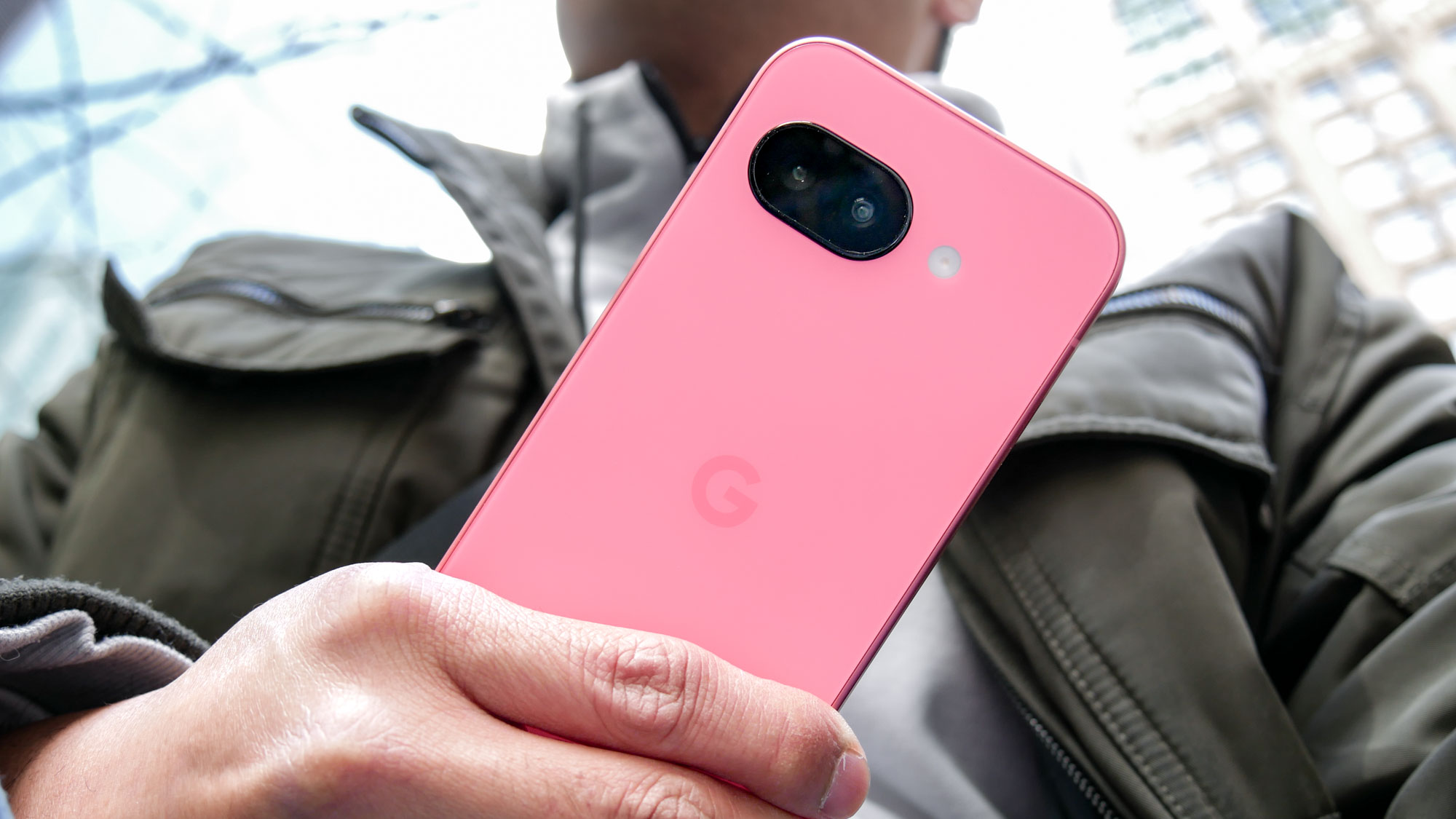

Specifications
Reasons to buy
Reasons to avoid
Google Pixel 9a camera samples

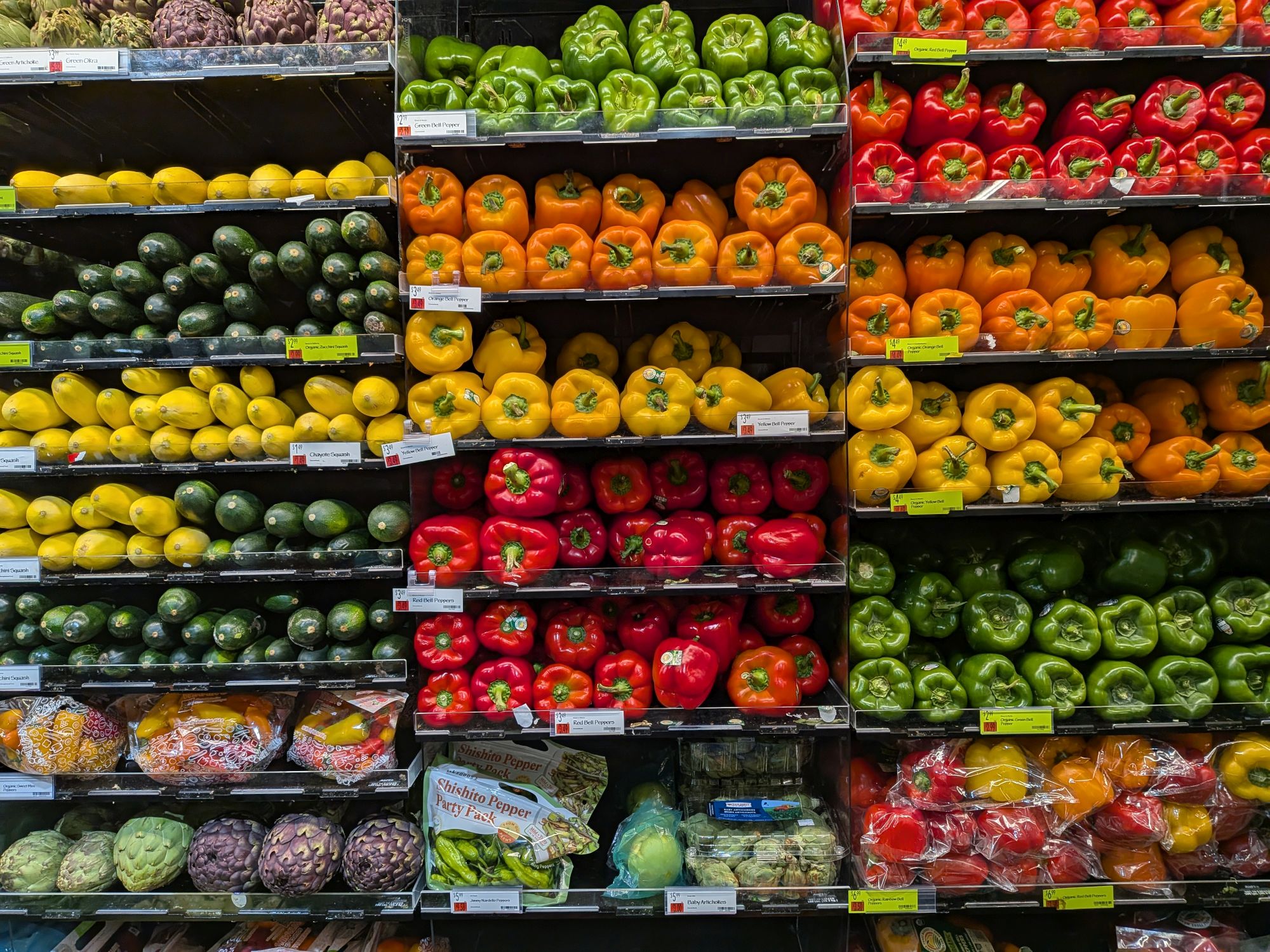
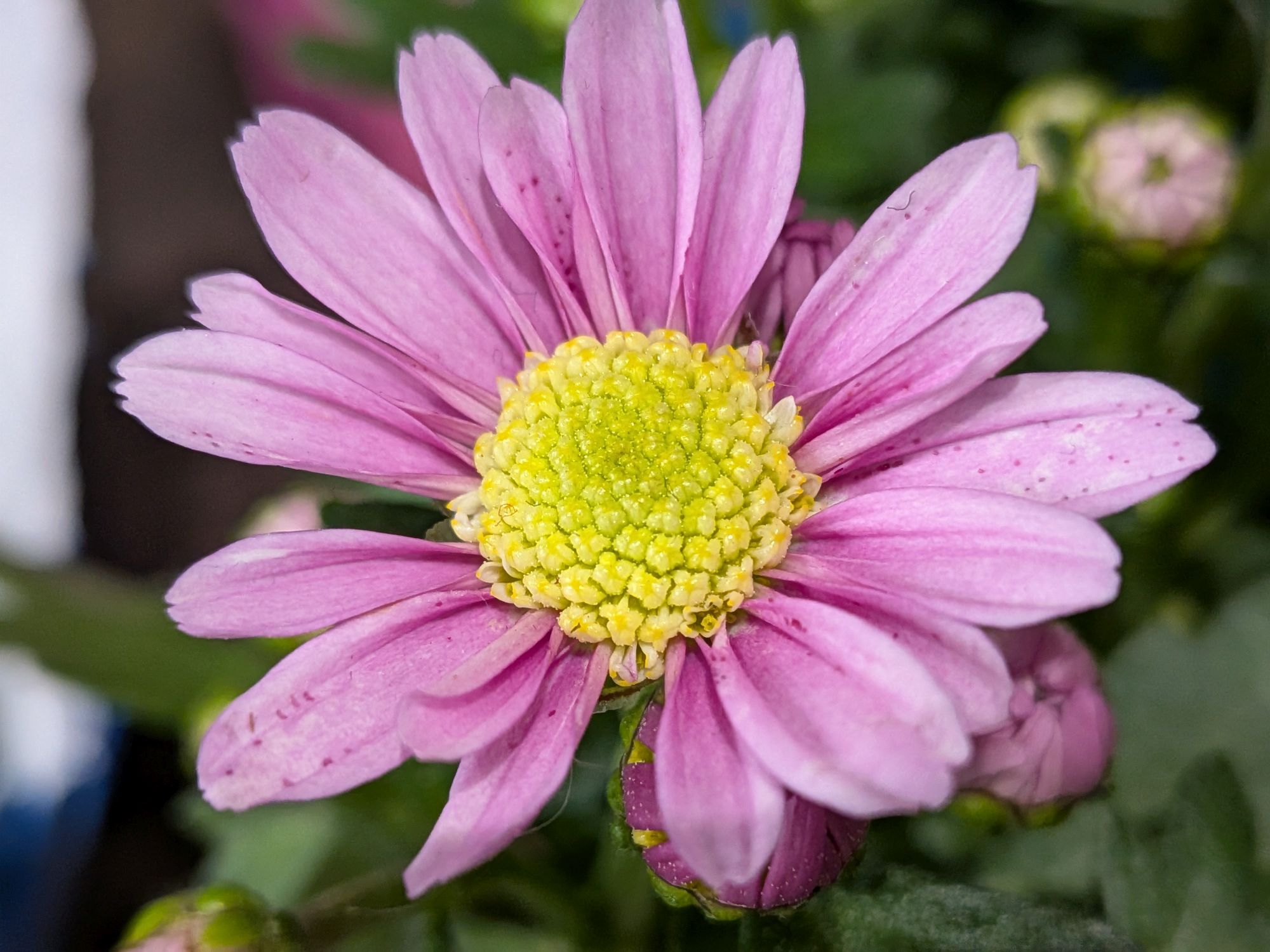

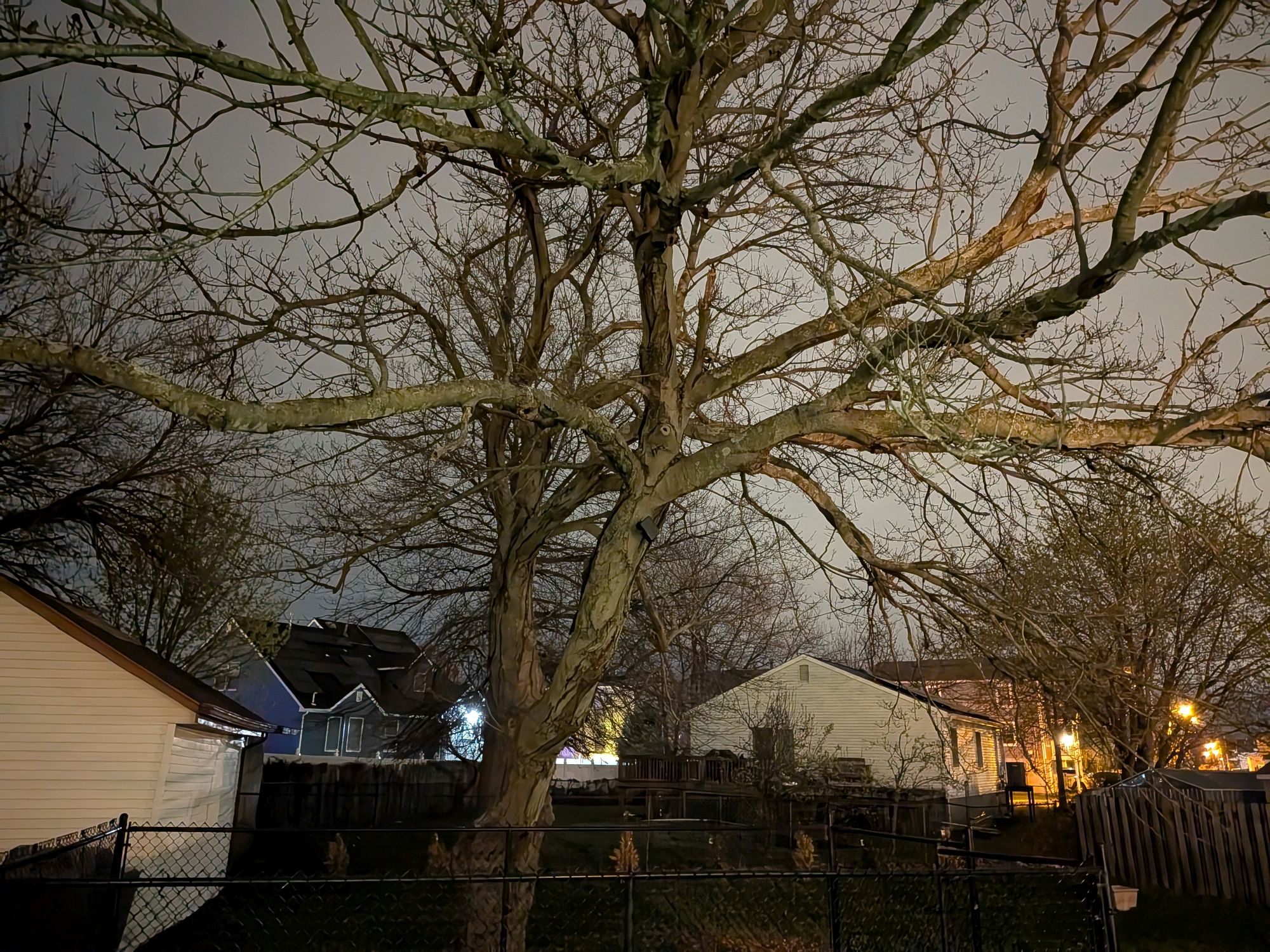
Google's done a lot of things right with the Pixel 9a. Not only does it offer plenty of upgrades over the Pixel 8a, Google's also kept the price the same. In an age where the threat of price hikes are increasingly common, it's refreshing to see a phone this feature-rich sell for under $500.
The Pixel 9a is easily the most well-rounded phone you can buy for that price right now. Most notable is AI, and Google has added the majority of features you'd find on the rest of the Pixel 9 series. A couple of features are missing, like Pixel Screenshots and Call Notes, but the really important stuff is still here.
Gemini Live, Pixel Studio's image generation and Reimagine to name a few are some of my favorite AI features. Plus, you still get all the features I've seen on older models, like Magic Editor and Best Take. All thanks to the Tensor G4 chipset which, while not a performance powerhouse, makes up for it in AI prowess.
While the design is simple, it's incredible to see that Google has reduced the camera bump to almost nothing. Considering how large some phone cameras are, that's an incredible achievement. In typical Google style those dual cameras offer better quality than their specs let on.
The display is also notable, with a new 6.3-inch panel that has proven to be brighter and more accurate than Pixel 8a could hope to be. Then there's the adaptive refresh rate, which switches between 60 and 120Hz depending on what's on screen — just like Pixel 9.
Read our full Google Pixel 9a review.
More on the Pixel 9a
- I put the Pixel 9a and Pixel 8a through a 9-round, 100-photo camera face-off
- I ditched my iPhone 15 Pro Max for the Pixel 9a for a week — here’s what happened
- I shot over 200 photos with the Pixel 9a vs iPhone 16e — here’s the winner
Best value cheap phone
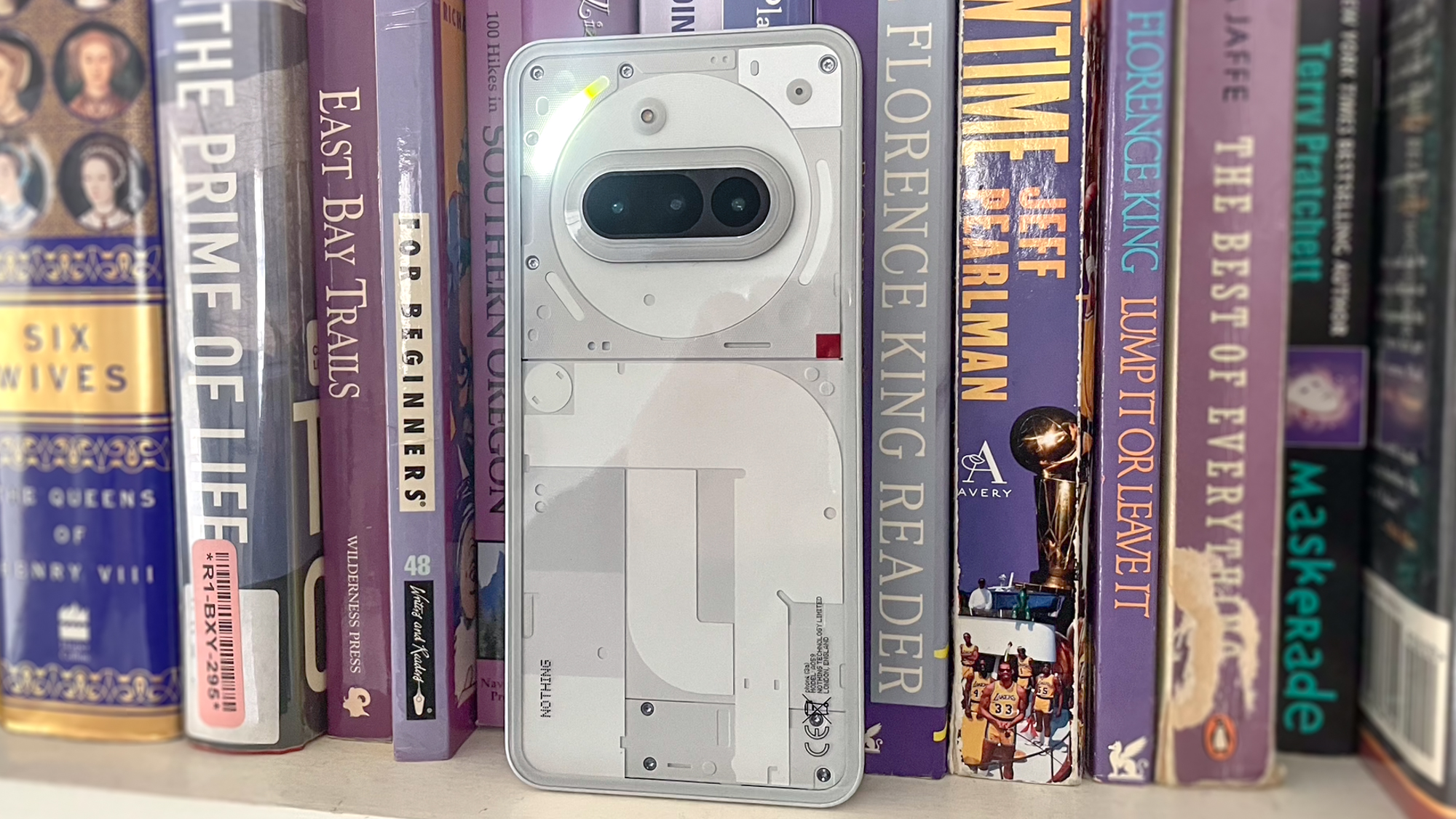
Specifications
Reasons to buy
Reasons to avoid
Nothing Phone 3a camera samples
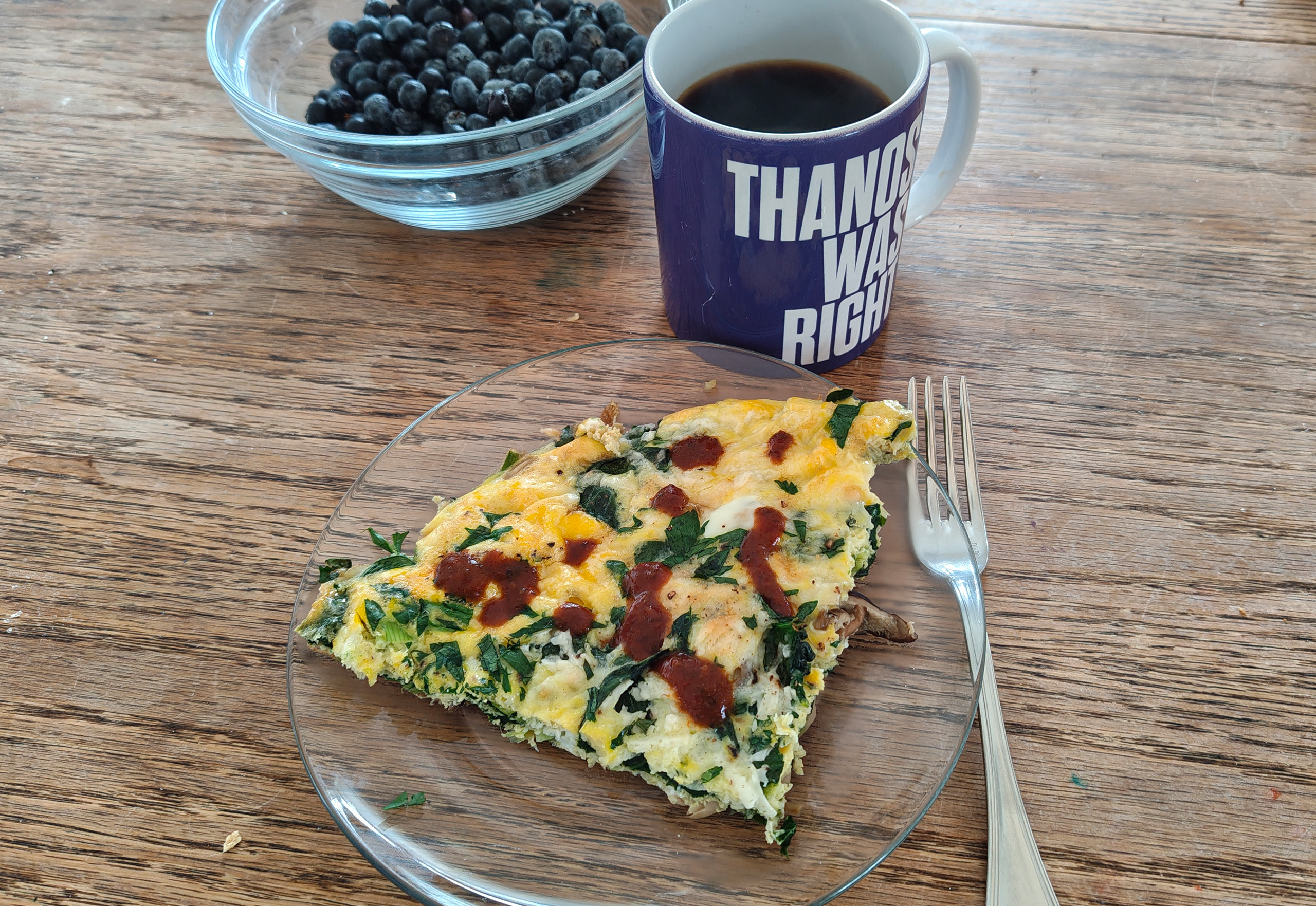


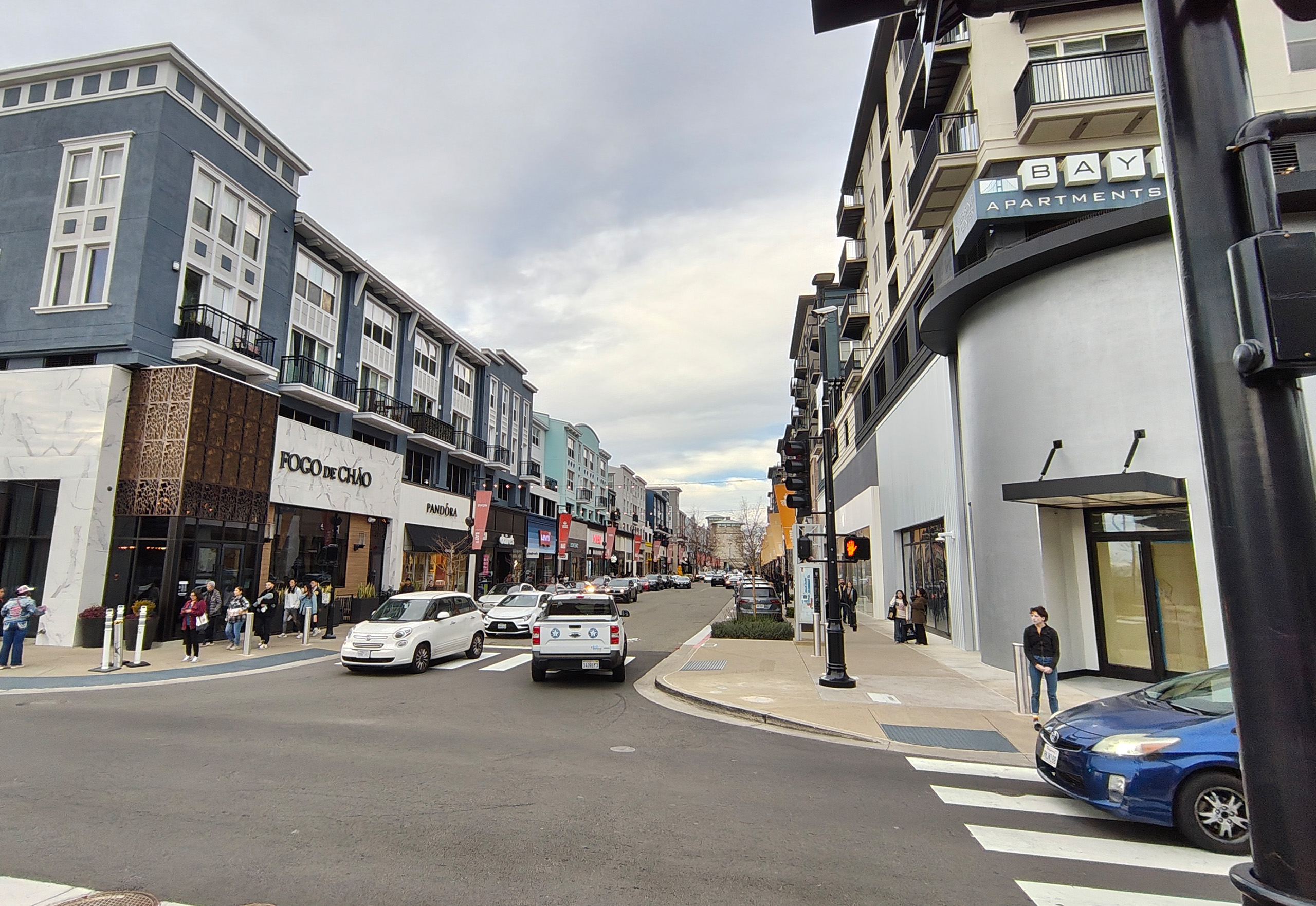

Who says that you have to sacrifice looks for a cheaper price? The Nothing Phone 3a still delivers the stylish translucent look and helpful Glyph interface as its other siblings, but packages in more features. My colleague, Philip Michaels, praises its bright and crisp 6.7-inch AMOLED display, which offers an adaptive refresh rate up to 120Hz, as well as how long this phone lasted on our battery test.
With a price of $379, it might be tough to track down to buy one given the limited release in the U.S. through Nothing's developer beta program, but it's worth waiting for given the big improvements around its cameras, which now includes a dedicated telephoto camera with 3x optical zoom.
Even though the Moto G Power (2025) is the longest lasting phone on this list, the Nothing Phone 3a's time of 15 hours and 24 minutes on our battery benchmark test is pretty impressive.
Read our full Nothing Phone 3a review.
Best cheap phone under $300

Specifications
Reasons to buy
Reasons to avoid
Motorola Moto G Power 2025 camera samples
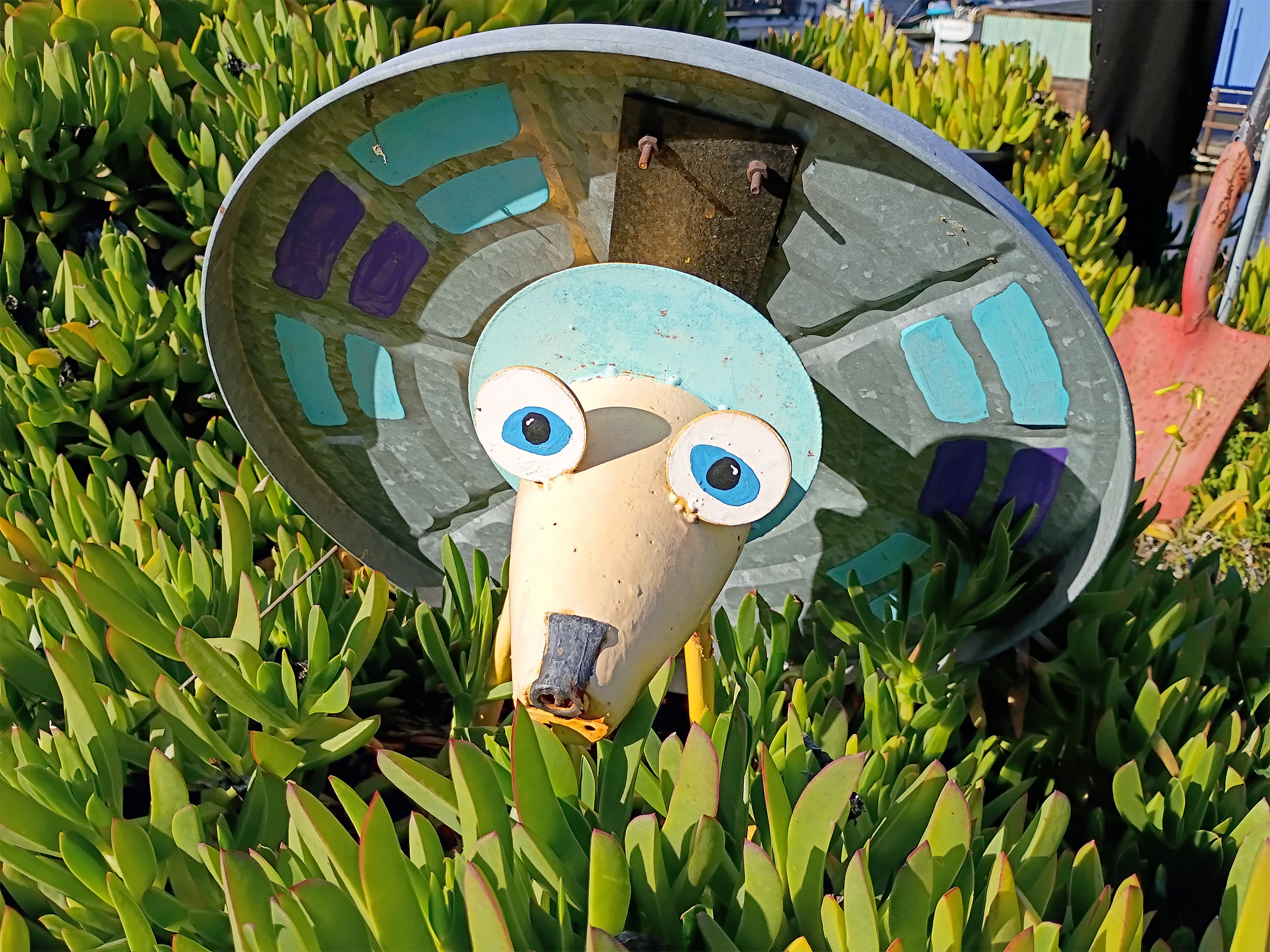
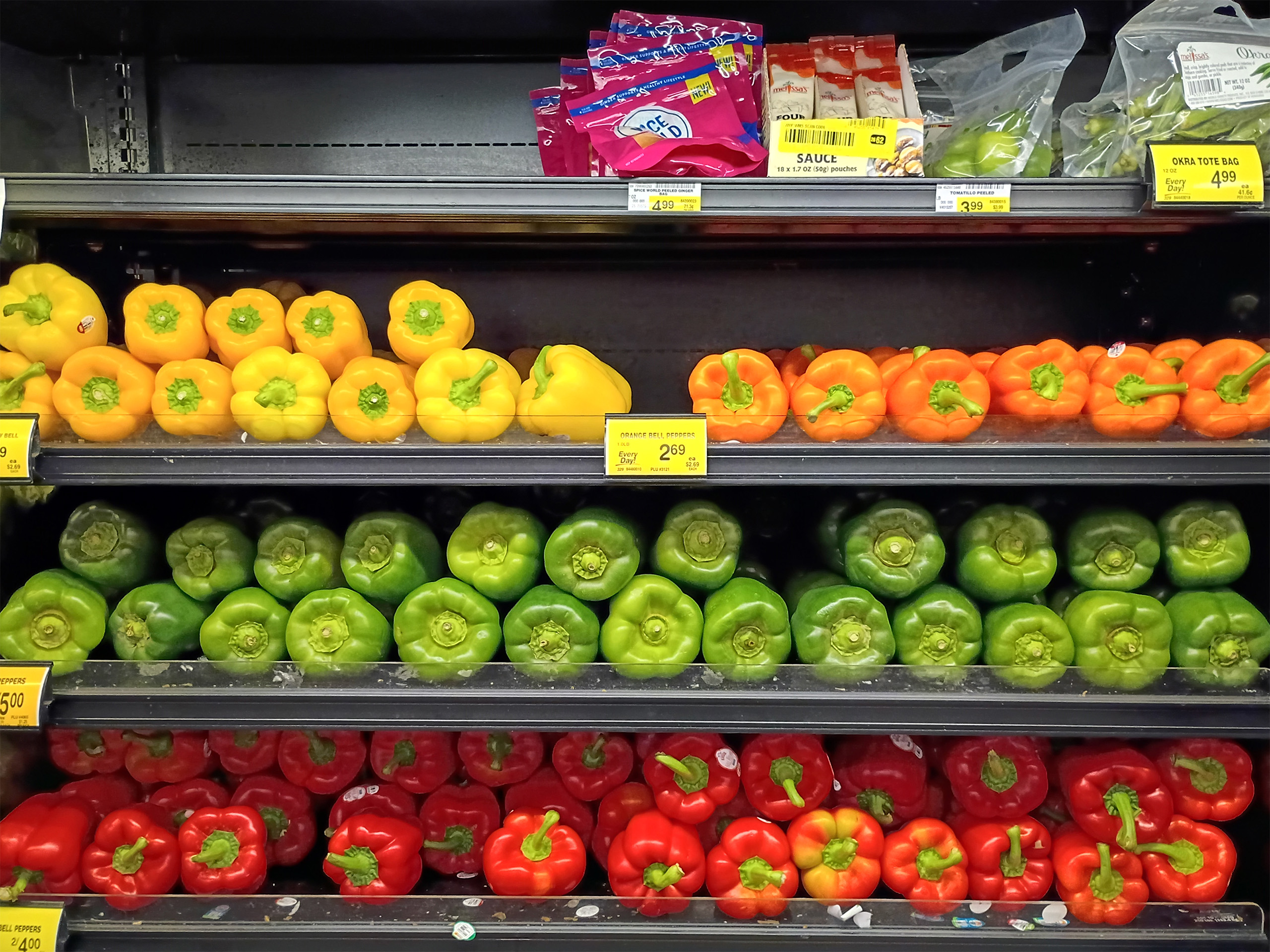



The Moto G Power 2025 is a budget phone that prioritizes battery longevity. That's why power is in its name, as it's packed with a 5,000 mAh battery that's among the best phone battery life we've tested at 17 hours and 13 minutes.
Complementing that is its speedy 30W wired charging that gets it to 53% after 30 minutes of charging. And for a phone that costs $299, it also includes wireless charging support, which seems more like a luxury for cheap phones.
However, its Mediatek Dimensity 6300 chip underperforms, and as a result, can exhibit sluggish performance for demanding tasks. The camera system, a dual camera arrangement, can still capture high-quality images — but mainly when the lightning conditions are ideal. That's because it struggles under low light.
Finally, it's worth pointing out that Motorola now offers two years of major Android upgrades and three years of security updates. This means you can expect to hold onto this budget longer, while gaining some of the best new features of Android.
Read our full Moto G Power 2025 review.
Best cheap phone under $200
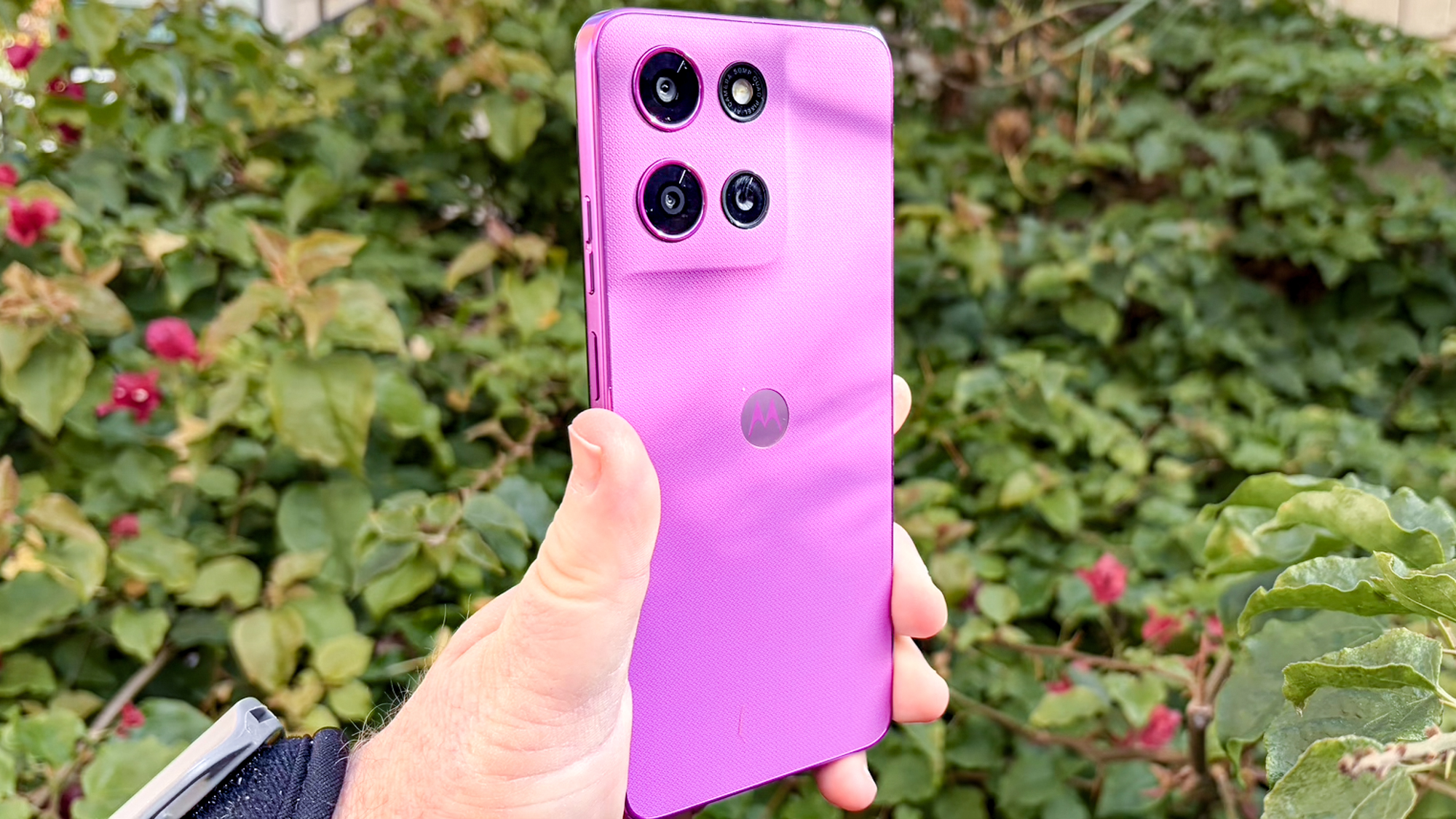
Specifications
Reasons to buy
Reasons to avoid
Motorola Moto G 2026 camera samples
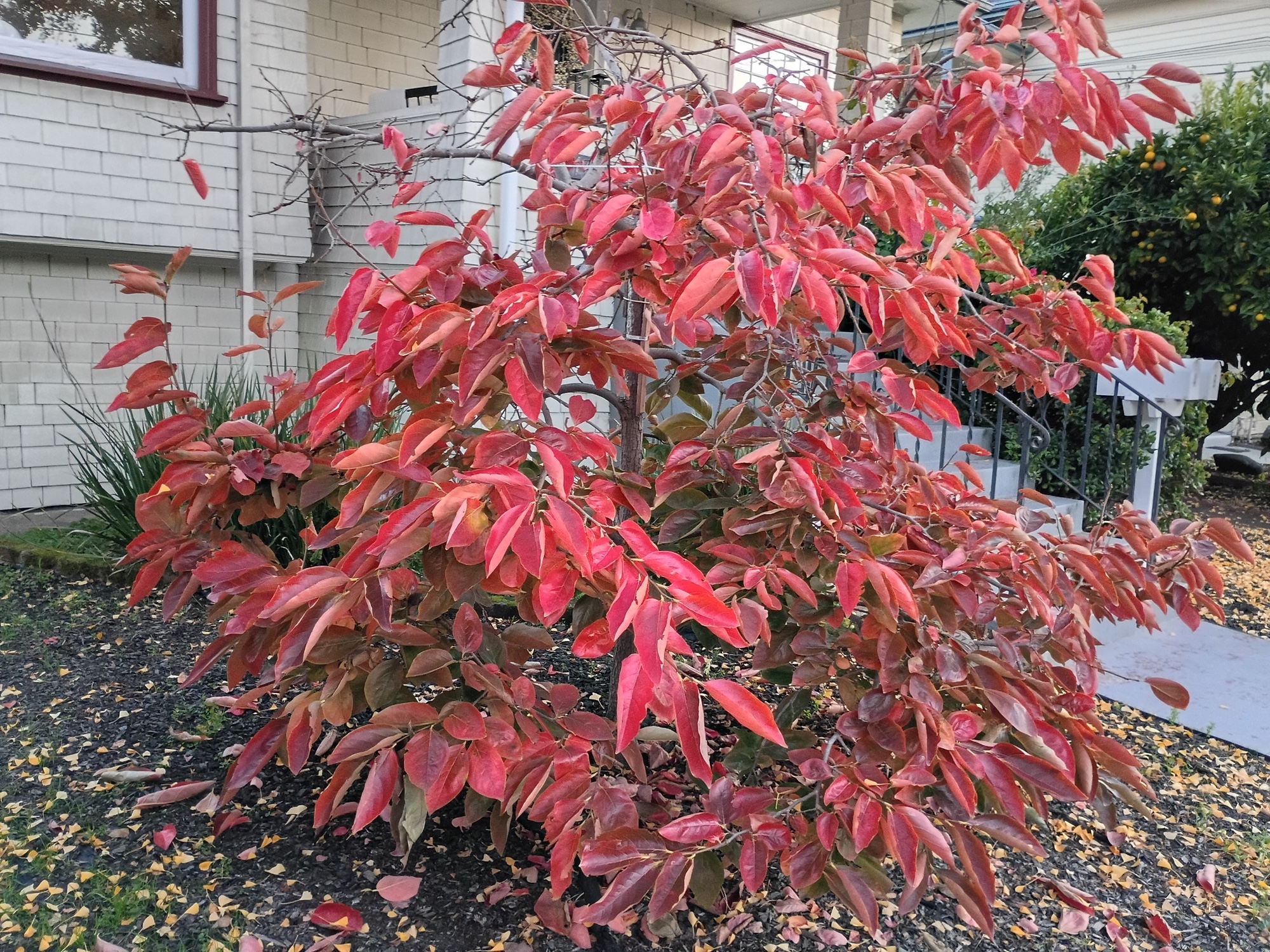




Like other Moto G phones, the standard Moto G (2026) grabs your attention with a low price and a long-lasting battery. In the case of the 2026 model, we recorded a time of 19 hours and 10 minutes on our battery test — the best time posted by any cheap phone we've tested. While wired charge times were a little slow for our taste, the latest Moto G truly delivers the multi-day battery life Motorola promises.
There are trade-offs with this phone, as you might expect for a device that starts at $299. The Dimensity 6300 chipset powering the Moto G handles basic tasks, but can flag a little with graphically demanding games. That said, the cameras perform surprisingly well for a low-cost device, though the macro lens is an unnecessary inclusion. Stick with the 50MP main camera and the 32MP selfie lens if you want good images.
It should be noted that last year's Moto G (2025) is still available and at a $50 discount from a lot of retailers. Still, given Motorola's limited software support — just two years of Android updates — it's probably best to get the newer model.
Read our full Moto G 2026 review.
Best cheap foldable phone
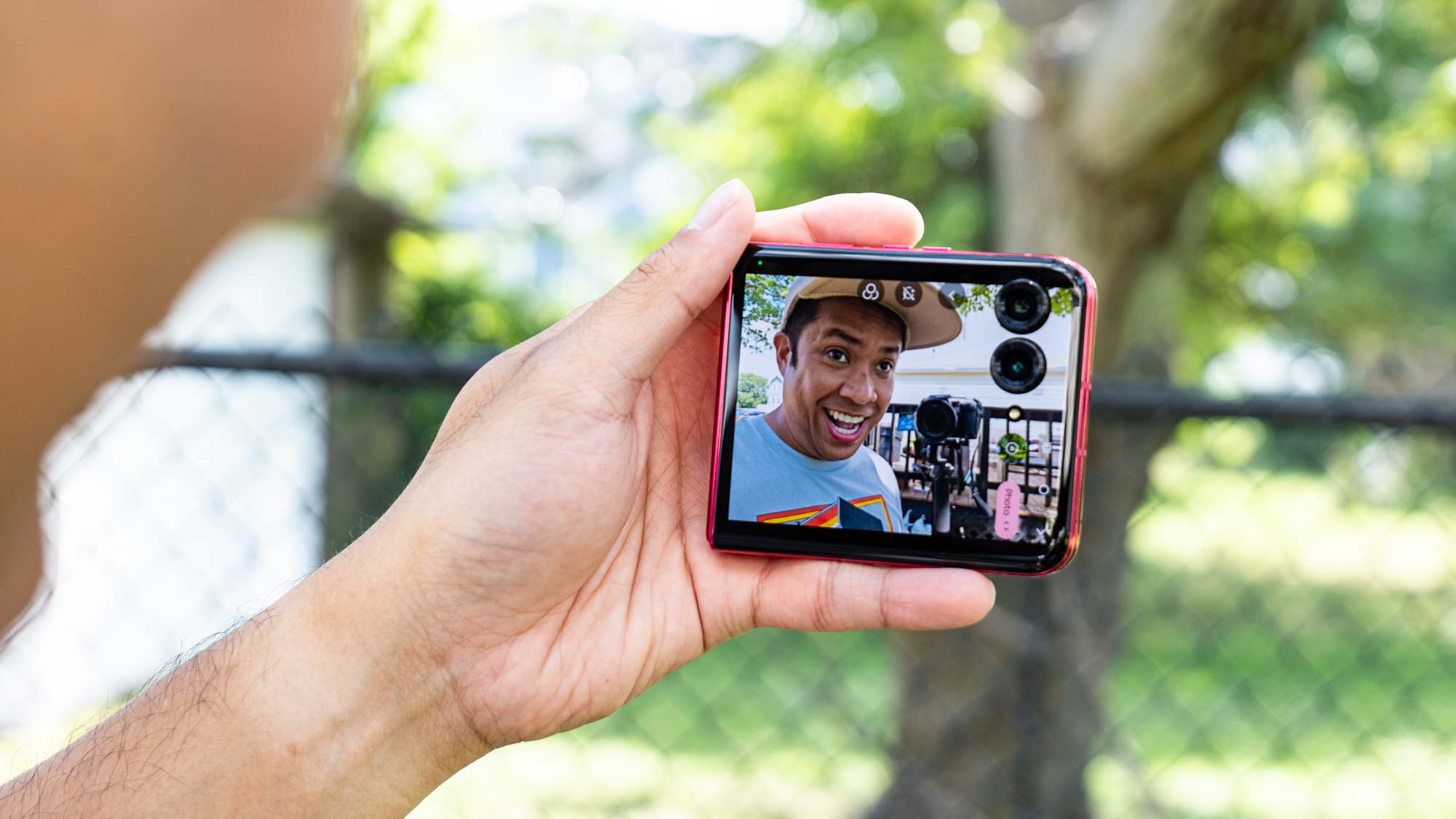
Specifications
Reasons to buy
Reasons to avoid
Motorola Razr 2024 camera samples
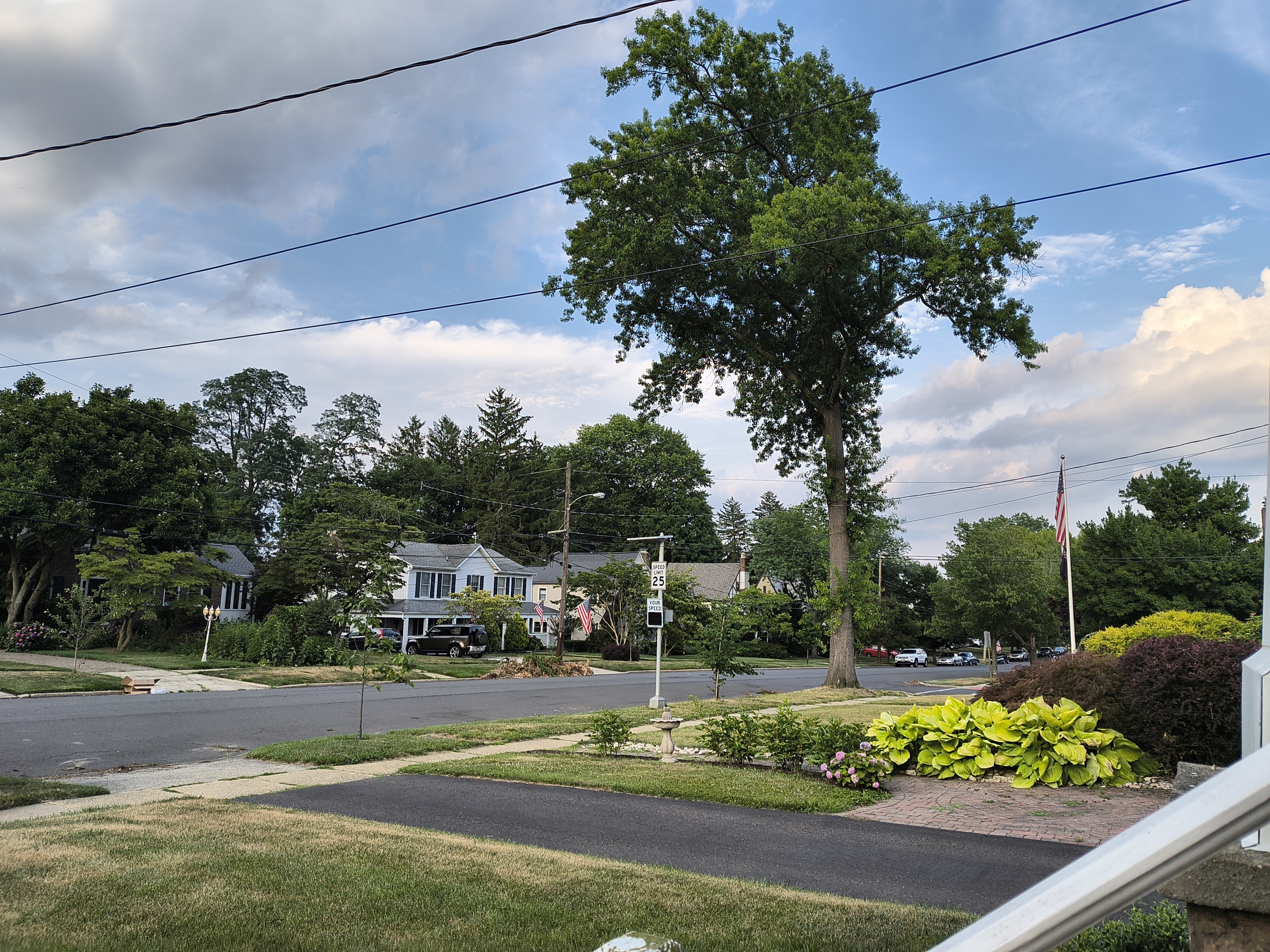

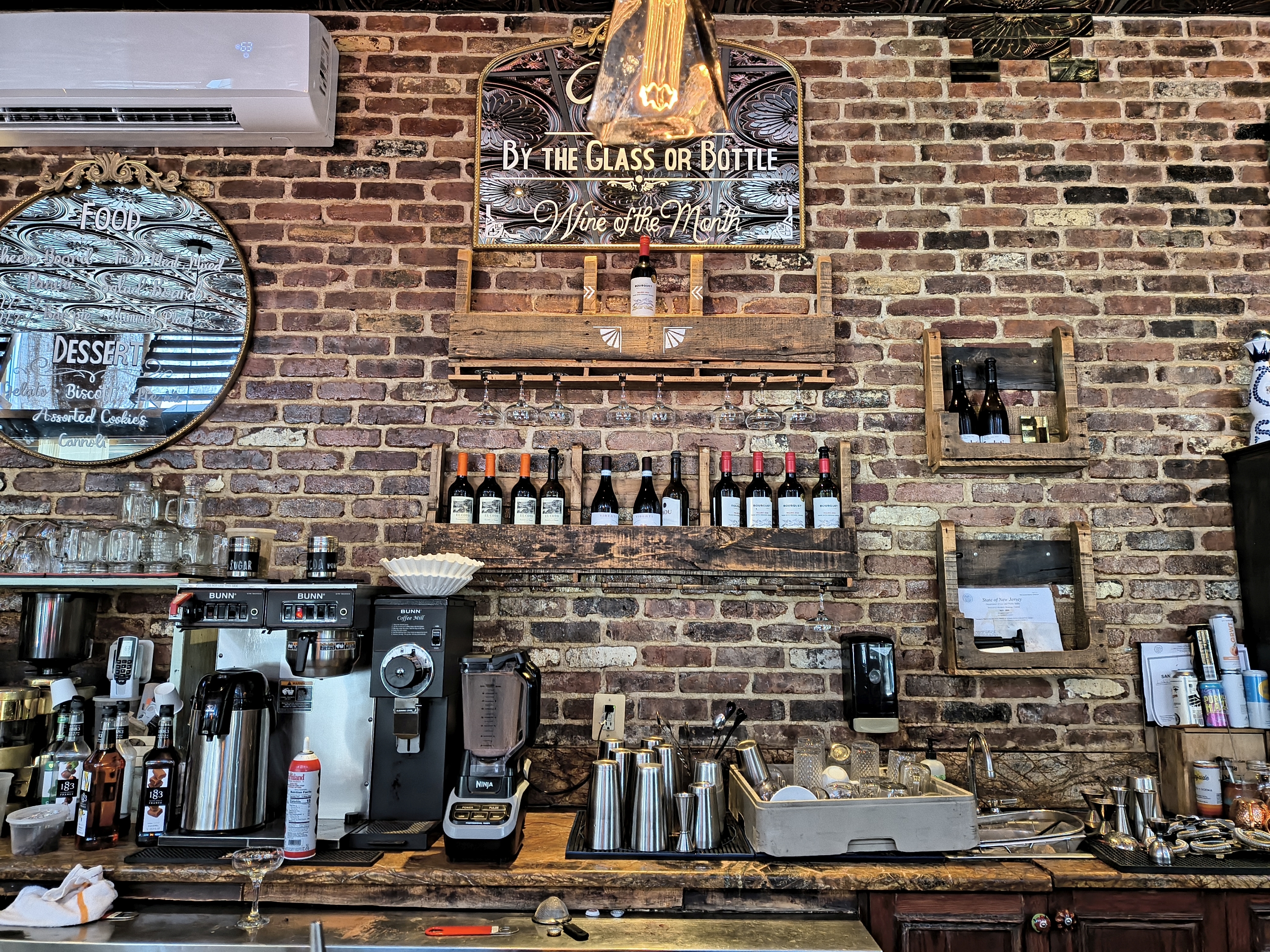

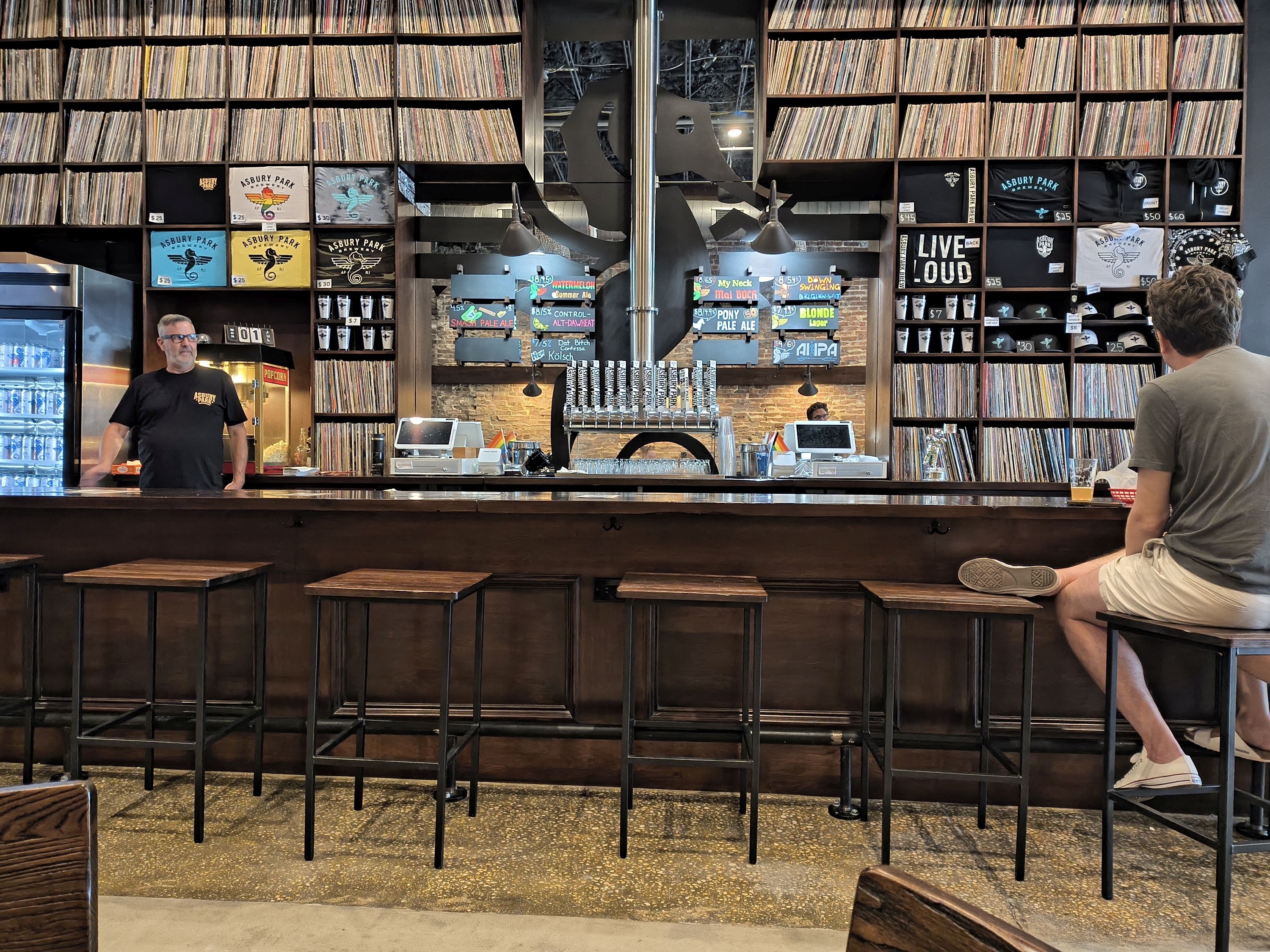
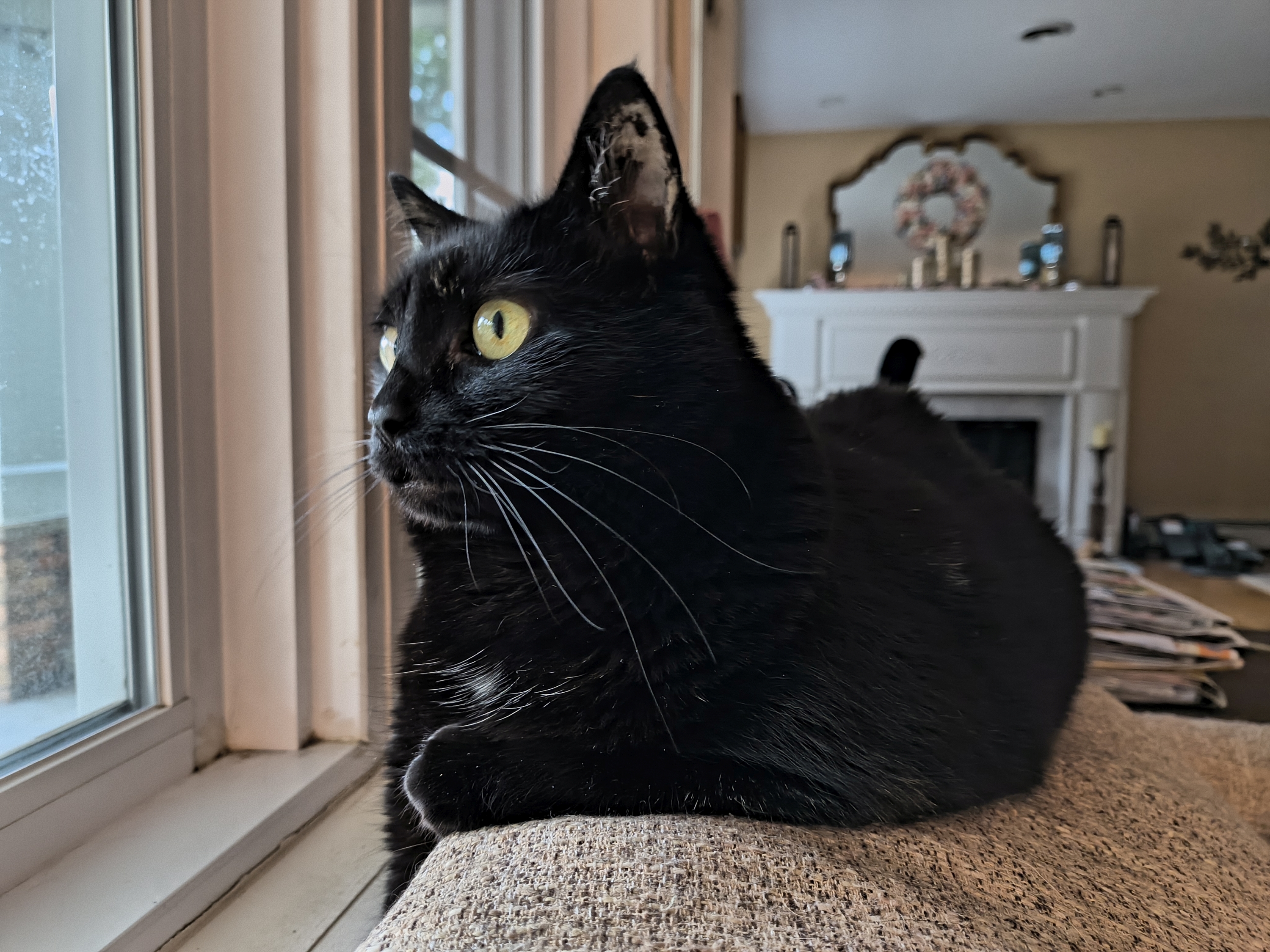

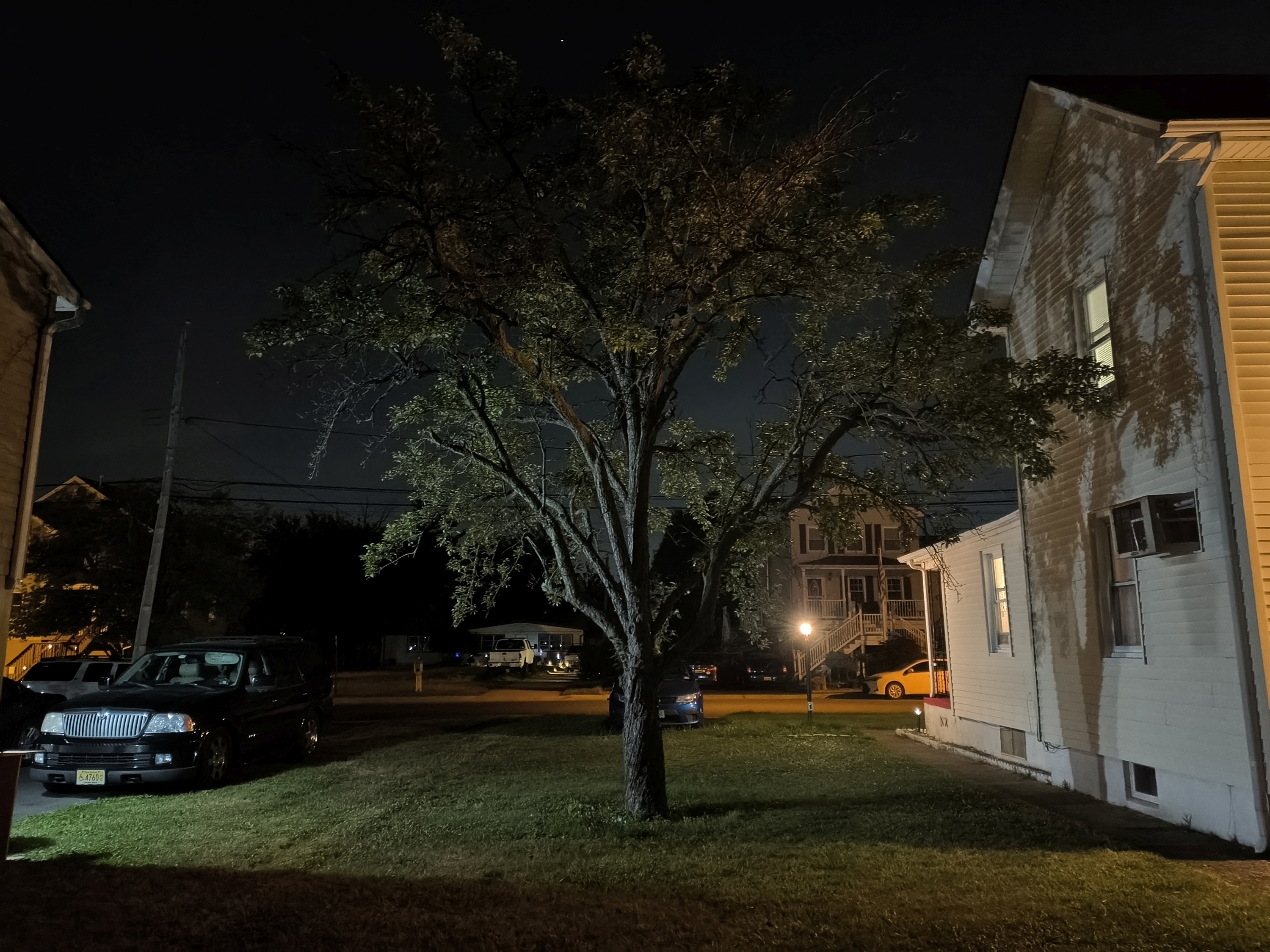
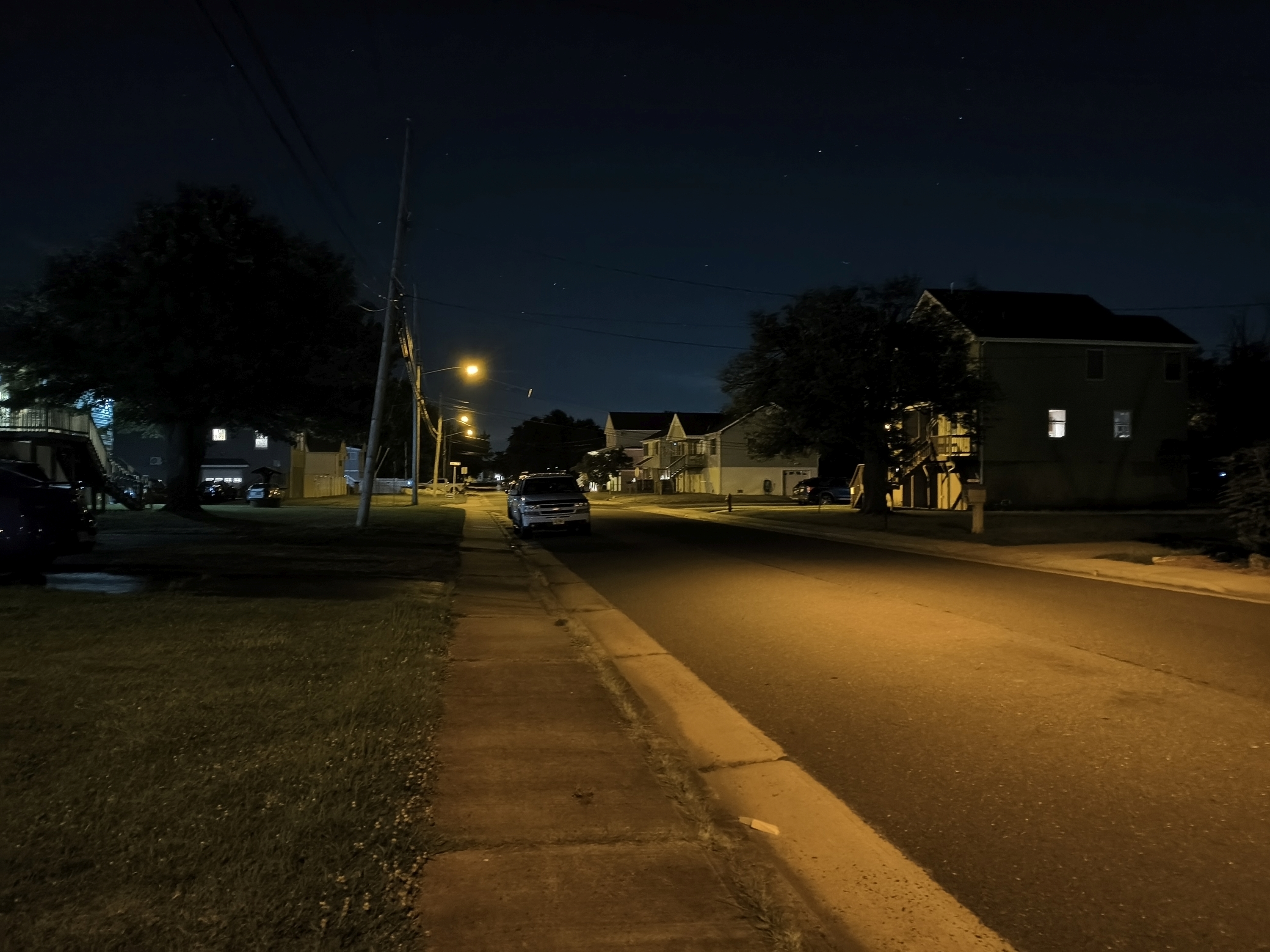
Sure, it's been replaced by a newer model, but the Motorola Razr 2024 earns its place because it's the only foldable phone you can buy without spending a fortune. While the newer Razr 2025 fetches for $699, the Razr 2024 costs less at $599.
I know very well how expensive foldable phones can get, but the Razr 2024 still has a lot of utility as a flip-style foldable phone. For example, I still love how it features a dual-camera setup that consists of a 50MP main and 13MP ultrawide, which pairs well with its larger 3.6-inch outer screen.
I've explained in my review how this setup is suitable for creators, such as vlogging and self recordings, mainly because you can see yourself on the outside screen to see what the framing's like. If that's not enough, the Motorola Razr 2024 manages to squeeze in a 4,200 mAh battery, which results in a time of 14 hours and 37 minutes in my battery drain test.
Lastly, flip-style phones like the Razr 2024 have extra utility I don't get in typical slate phones. The best example of this is being able to watch videos hands-free by folding it halfway and placing it on a surface. Another is being able to run full apps more comfortably with one hand with its outer screen.
Read our full Motorola Razr 2024 review.
Best Cheap iPhone
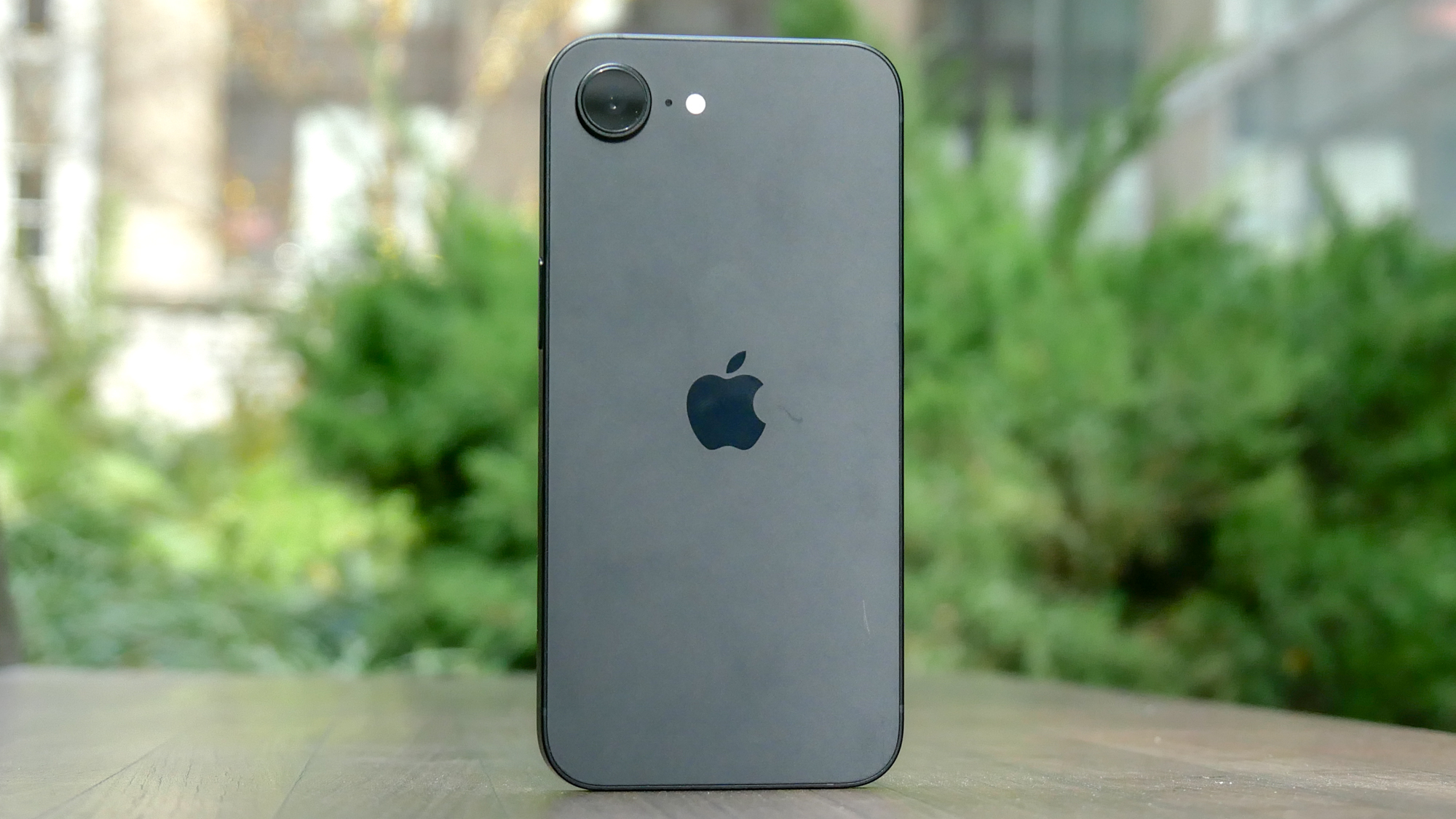
Specifications
Reasons to buy
Reasons to avoid
iPhone 16e camera samples
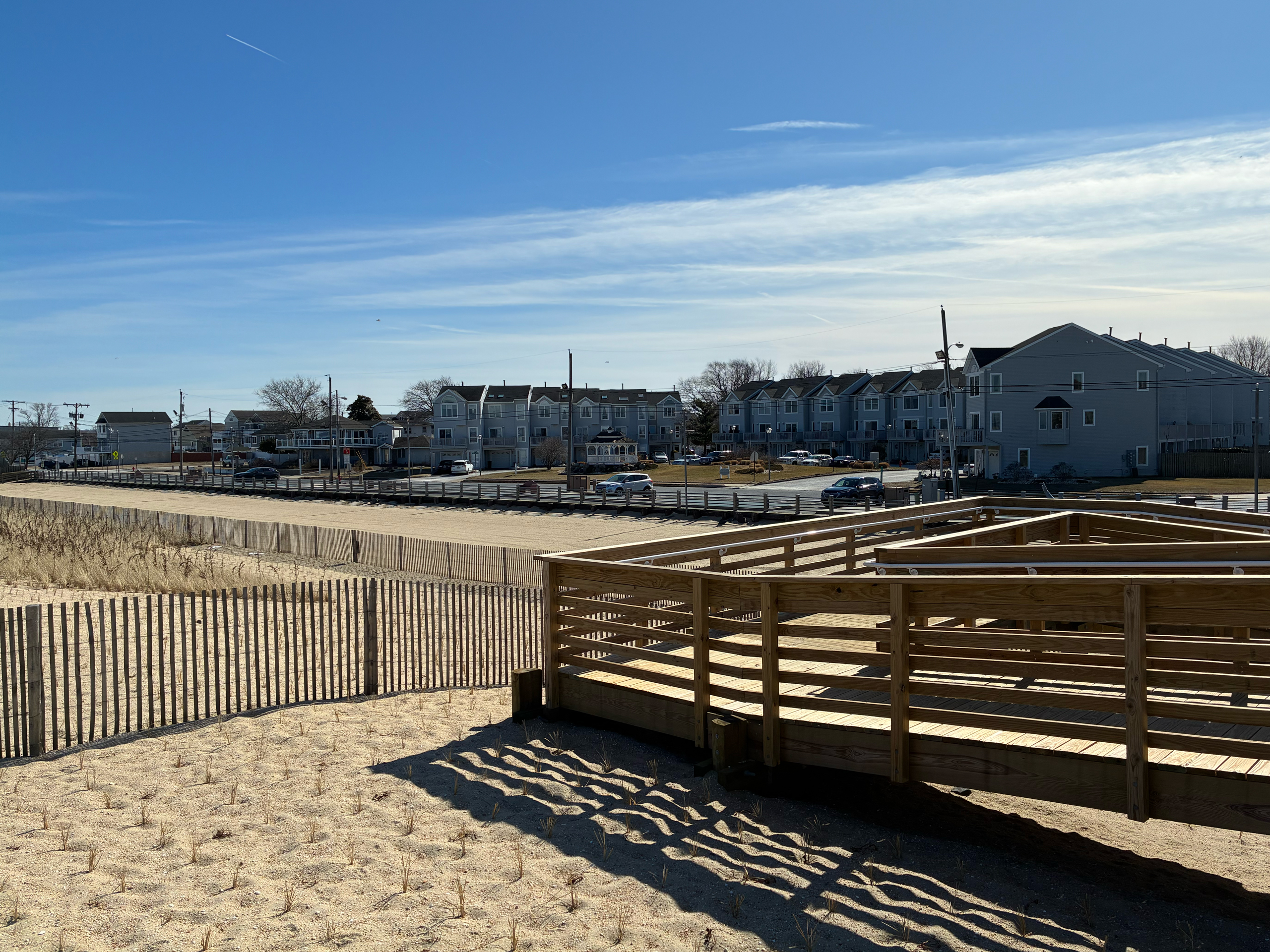
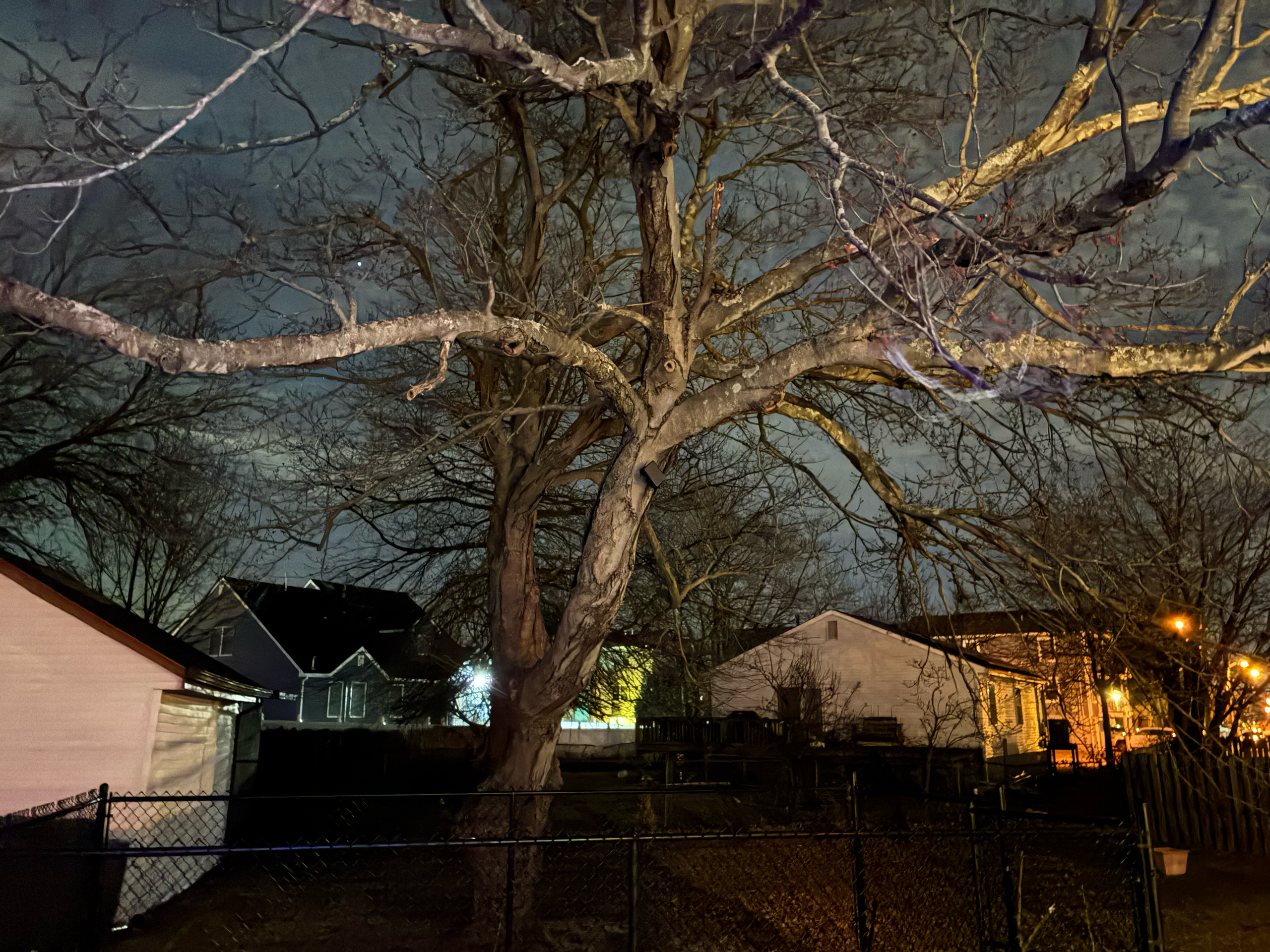



Apple has ditched the iPhone SE line that used to act as the first rung on its smartphone ladder in favor of the new iPhone 16e. This is the most fully-featured budget iPhone yet, although sadly it's also the most expensive, and a full $100 more than the top cheap Android phone we recommended back at the top of the guide.
Price aside, you get quite a deal thanks to Apple using its mighty A18 chipset to give this phone plenty of power. The glass and aluminum design, and an OLED screen make the phone feel lovely to handle and look at, and Apple Intelligence support gives you access to all of Apple's latest features.
The single rear camera can hold its own against better-equipped phones thanks to a versatile 48MP sensor, but we wish it had an ultrawide camera to further flesh the experience out. It's also odd that Apple chose to install wireless charging but no MagSafe magnets. Overall though, this is still a worthy bearer of the iPhone name, and will suit users on tighter budgets.
Read our full iPhone 16e review.
More on the iPhone 16e
- iPhone 16e battery life tested — how it measures up to other iPhones
- I shot over 200 photos with the iPhone 16e vs iPhone 16 — here’s the winner
- I put the iPhone 16e vs iPhone 16 vs iPhone SE through a 10-round photo shoot-out
Best cheap Galaxy phone
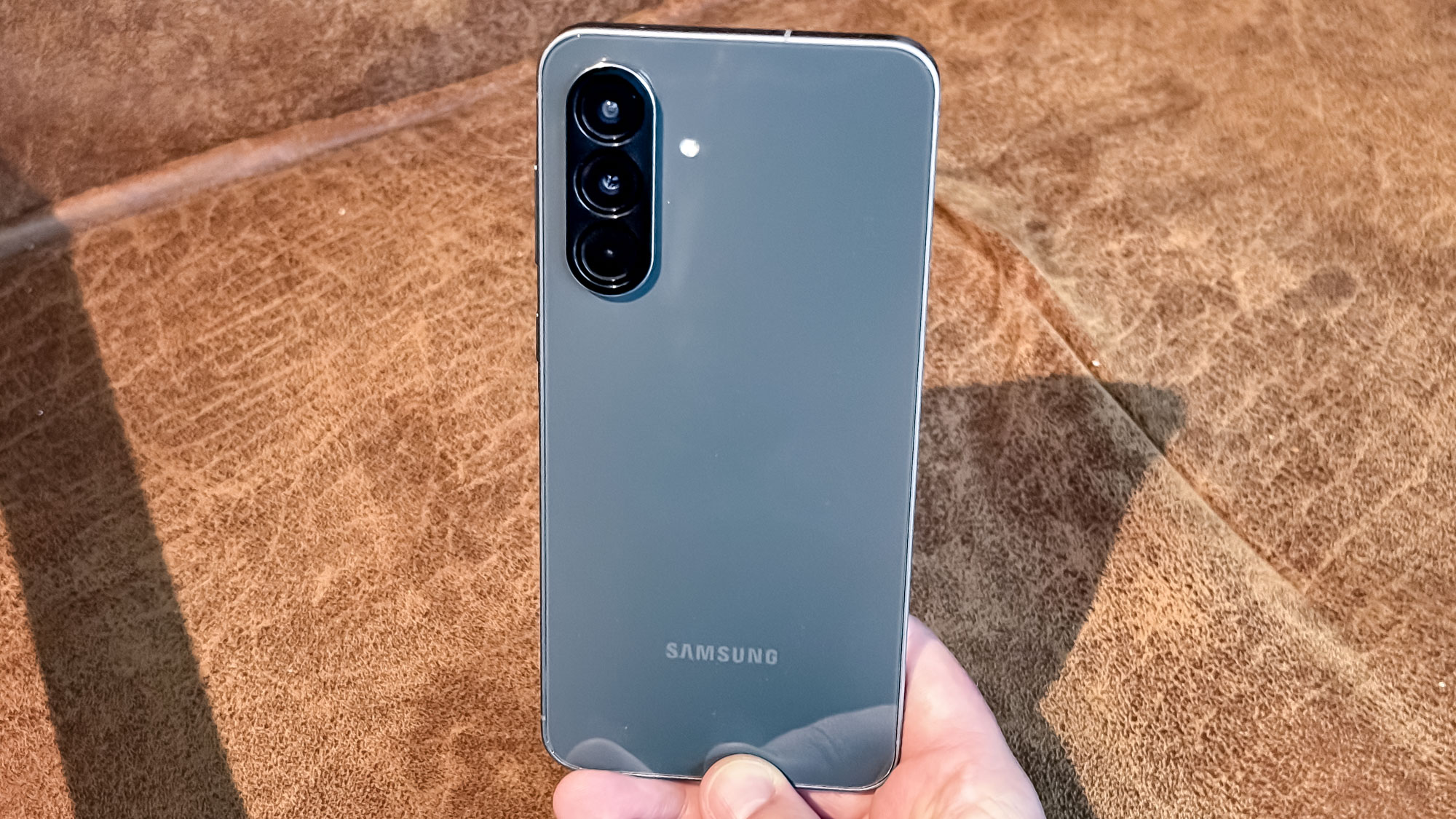
Specifications
Reasons to buy
Reasons to avoid
Galaxy A56 camera samples

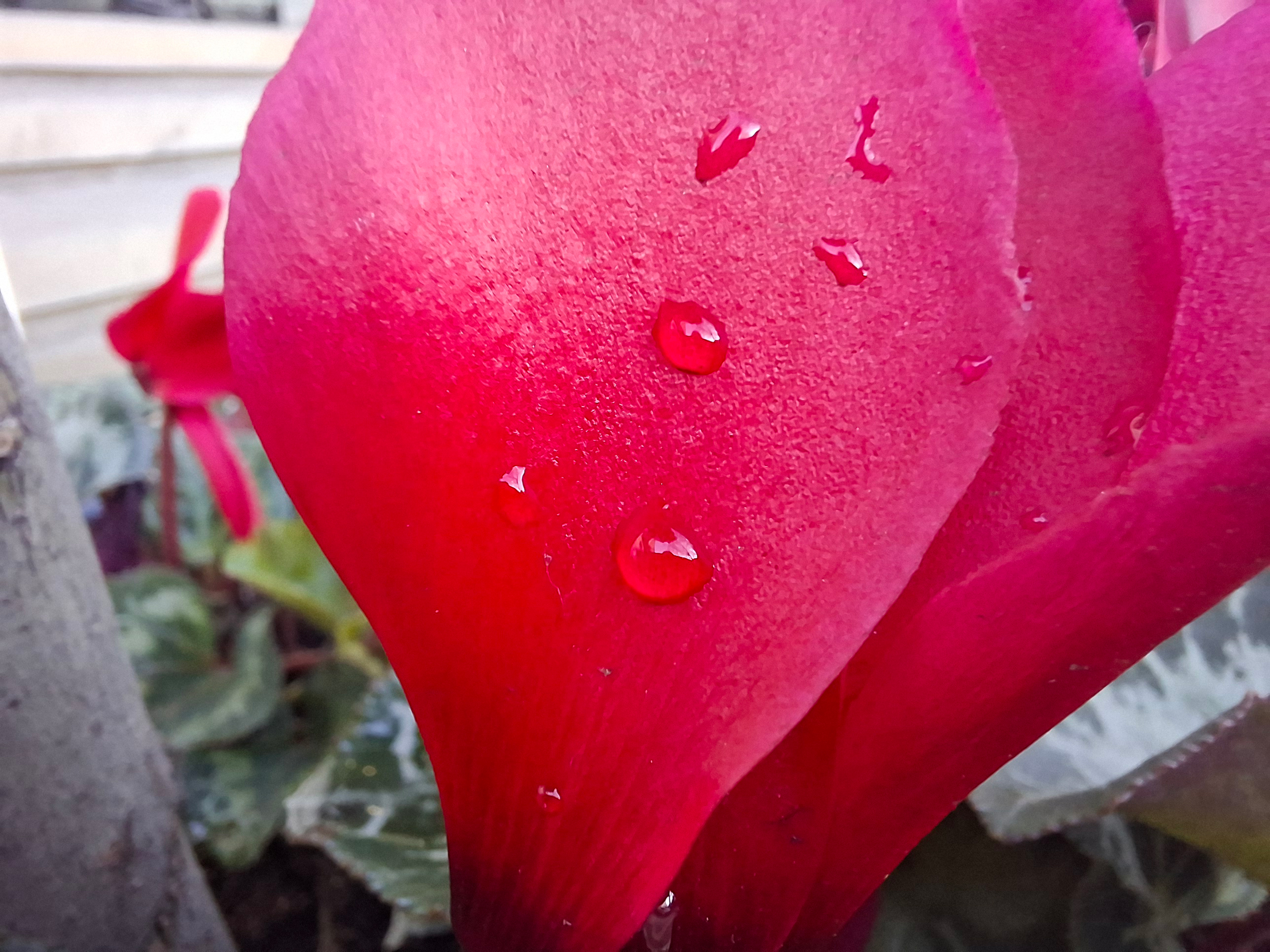


The only Samsung phone to make our list is the Galaxy A56. Although it initially launched in some overseas markets, Samsung eventually brought it over U.S. to replace the A55. Samsung's best cheap phone is also packed with features, including a triple camera system.
That's important to note because few cheap phones get three cameras, as the Galaxy A56 comes with a 50MP main, 12MP ultrawide, and 5MP macro. My colleague Richard Priday actually says that the biggest camera improvement relates to its 32MP selfie shooter, which produces bright shots with a warmer color temperature.
Samsung improves the Galaxy A56 in many more ways over the A55. For starters, it gets the same 45W wired charging speed as the flagship Galaxy A35 Ultra. This makes it very quick at topping off the battery if you're short on time, but you should also know that the battery life is much improved as well.
Even though it doesn't have the full suite of Galaxy AI features found in Samsung's other phones, the "Awesome Intelligence" it packages with the Galaxy A56 gives it new features like Circle to Search, Object Eraser for cleaning up photos, and Best Face for picture perfect faces in all of your photos.
Read our full Samsung Galaxy A56 review.
How we test the best cheap phones
We evaluate budget-priced phones the same way we do flagships. We perform real-world testing and synthetic benchmarks over several days to evaluate it's performance and value. This includes our own battery test, which involves continuous web surfing over cellular at 150 nits of screen brightness. The devices that make our best phone battery life list tend to last over 11 hours.
| Row 0 - Cell 0 | Battery Life (hours:minutes) | Recharge level at 15 minutes (%) | Recharge level at 30 minutes (%) |
Google Pixel 9a | 13:08 | 25 | 47 |
Nothing Phone 3a | 15:24 | 38 | 72 |
Moto G Power (2025) | 17:13 | 28 | 53 |
Moto G (2026) | 19:10 | 13 | 27 |
Motorola Razr (2024) | 14:37 | 33 | 58 |
iPhone 16e | 12:41 | 32 | 57 |
Samsung Galaxy A56 | N/A | N/A | N/A |
In terms of performance, we use Geekbench 5 to measure overall speed and compare versus phones in the same price range. And the same thing goes for 3DMark's Wild Life Unlimited for graphics testing. We also perform our own video editing/transcoding testing using the Adobe Premiere Rush app to gauge real-world speed.
| Row 0 - Cell 0 | Geekbench (single-core / multicore) | 3DMark Wild Life Unlimited (FPS) | Adobe Rush Premiere (minutes, seconds) |
Google Pixel 9a | 1,707 / 4,512 | 57.44 | 1:24 |
Nothing Phone 3a | 1,165 / 3,288 | 25.1 | 1:44 |
Moto G Power (2025) | 792 /2,117 | 8.1 | N/A |
Moto G (2026) | 804 / 2,124 | 8.2 | N/A |
Motorola Razr (2024) | 1,055 / 2,999 | 18.97 | 0:54 |
iPhone 16e | 3,328 / 8,132 | 71.27 | 0:21 |
Samsung Galaxy A56 | 1,358 / 3,867 | 7.4 | 3:19 |
For evaluating cameras on cheap phones, we will take multiple photos in different conditions and will use other affordably priced phones in the same scenarios in order to make side-by-side comparisons.
For more information, check out our how we test page for Tom's Guide.
Get instant access to breaking news, the hottest reviews, great deals and helpful tips.

John’s a senior editor covering phones for Tom’s Guide. He’s no stranger in this area having covered mobile phones and gadgets since 2008 when he started his career. On top of his editor duties, he’s a seasoned videographer being in front and behind the camera producing YouTube videos. Previously, he held editor roles with PhoneArena, Android Authority, Digital Trends, and SPY. Outside of tech, he enjoys producing mini documentaries and fun social clips for small businesses, enjoying the beach life at the Jersey Shore, and recently becoming a first time homeowner.
